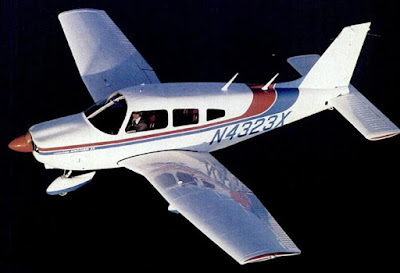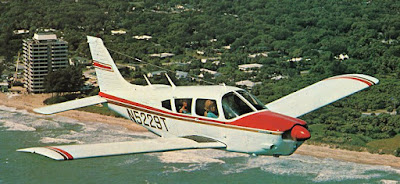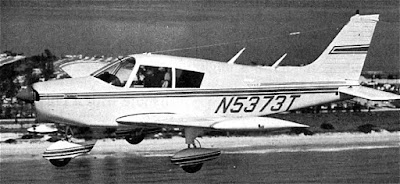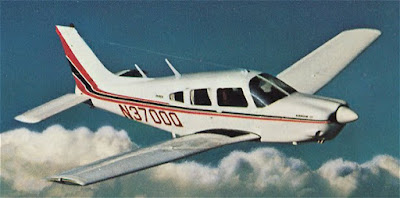jbrinker
Pre-takeoff checklist
Took my lesson in a cherokee 160 last night, same plane I've been learning in this whole time. Working on slow flight, turns, stalls, and landing approach/landings as well as ATC comms and all the other "distracting" stuff related to it.
I have some time a long time ago (~10hr) in a C172, and basically started over training in this cherokee a few weeks ago.
Last night at the end of the lesson, the instructor said my lesson was over when we landed (at an outlying airport) but that he wished to ferry his other plane (Piper Arrow II) back to the home airport, and if I wanted we would do it together.
So I landed the cherokee, and we swapped into the Arrow. He told me to take the left seat, and he would introduce me to this new plane.
Basically he had me do everything, and I flew back to our home airport, nailed the landing, and really enjoyed it.
I found everything about the Arrow to be better, easier, more controllable, firmer, more solid, and basically a lot more like I remember the training in the C172. So far I have found the cherokee "twitchy" and I find myself trying to overfly the plane. Not to excess, but my instructor has told me after every lesson "relax, you must relax more. Let the plane fly". Which I try to do - I'm NOT nervous at all. I'm sure this will come with time, but I was just simply amazed at the difference between these two, closely related and seemingly very similar aircraft.
Instructor even commented that I was very confident, flew it very well, and he had to do nothing except assist with a few things I was not familiar with (newer radios, prop, gear). I even nailed a slightly reversing crosswind approach (winds 10deg from the right above 500', 10deg from the left on final) without him having to really say anything.
What the heck? He said its a much heavier airplane, and that's the main reason. I looked up the specs though, and its not THAT much heavier, bigger, or really that much different other than constant speed prop, bigger engine, and RG. (The planes are similar year also)
I'm hoping that next time I get back in the Cherokee I feel as confident, but not expecting it. That plane just doesn't like me...
I have some time a long time ago (~10hr) in a C172, and basically started over training in this cherokee a few weeks ago.
Last night at the end of the lesson, the instructor said my lesson was over when we landed (at an outlying airport) but that he wished to ferry his other plane (Piper Arrow II) back to the home airport, and if I wanted we would do it together.
So I landed the cherokee, and we swapped into the Arrow. He told me to take the left seat, and he would introduce me to this new plane.
Basically he had me do everything, and I flew back to our home airport, nailed the landing, and really enjoyed it.
I found everything about the Arrow to be better, easier, more controllable, firmer, more solid, and basically a lot more like I remember the training in the C172. So far I have found the cherokee "twitchy" and I find myself trying to overfly the plane. Not to excess, but my instructor has told me after every lesson "relax, you must relax more. Let the plane fly". Which I try to do - I'm NOT nervous at all. I'm sure this will come with time, but I was just simply amazed at the difference between these two, closely related and seemingly very similar aircraft.
Instructor even commented that I was very confident, flew it very well, and he had to do nothing except assist with a few things I was not familiar with (newer radios, prop, gear). I even nailed a slightly reversing crosswind approach (winds 10deg from the right above 500', 10deg from the left on final) without him having to really say anything.
What the heck? He said its a much heavier airplane, and that's the main reason. I looked up the specs though, and its not THAT much heavier, bigger, or really that much different other than constant speed prop, bigger engine, and RG. (The planes are similar year also)
I'm hoping that next time I get back in the Cherokee I feel as confident, but not expecting it. That plane just doesn't like me...




